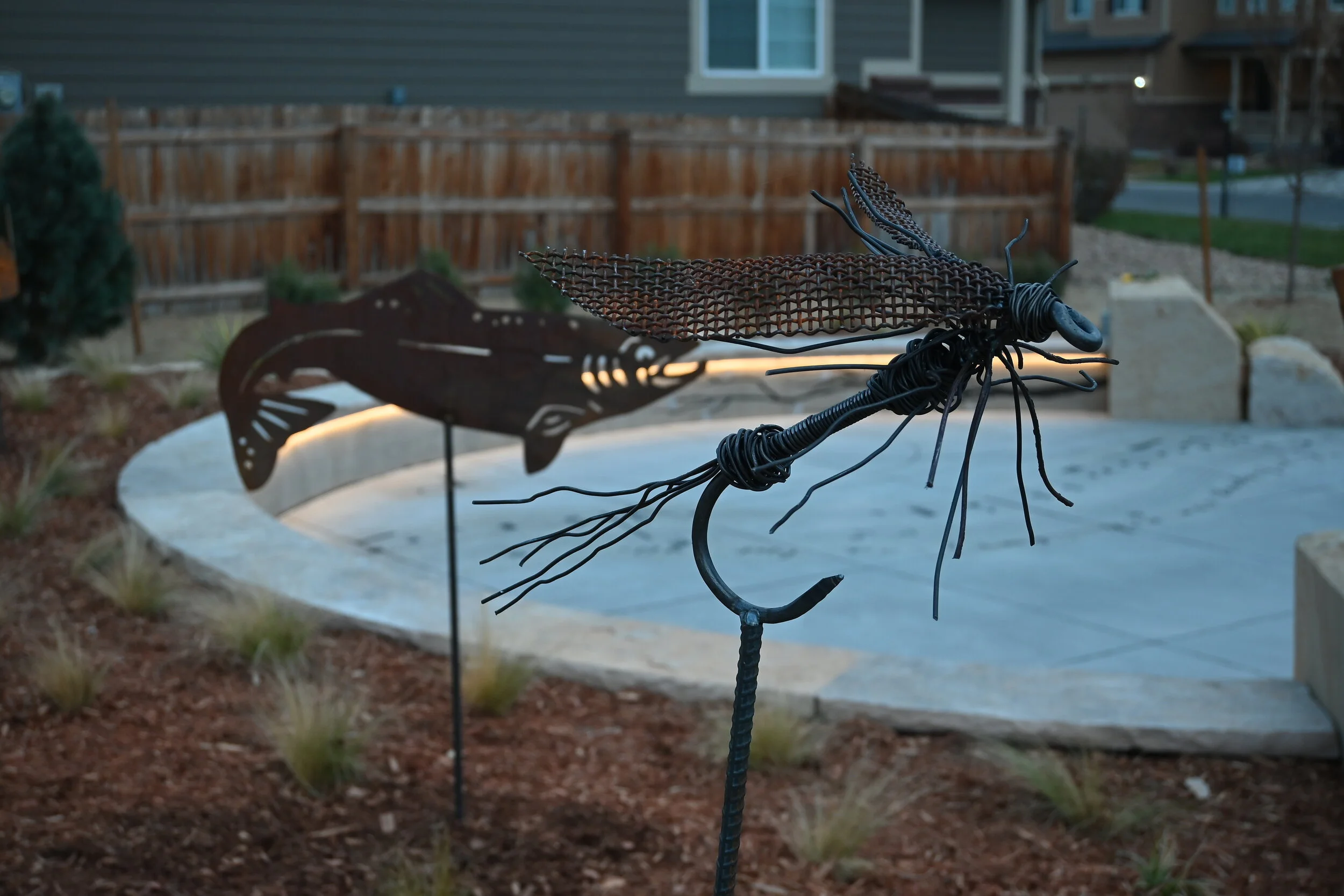Our American culture today does not incorporate play into everyday life. Possibly this is a cultural thing, but more likely it is a partial result of the way we build and live in our communities. Throughout history society has usually integrated some sort of play into the culture. As a matter of fact, cultures that integrate more play into everyday life tend to live longer and healthier lives. This is especially true of people who have frequent intergenerational contact and, more importantly, when that contact incorporates some form of release activity—like play.
Much in the same way that we have segregated the aspects of our lives through community zoning, we have segregated our generations, our friendship groups, and the activities that can bring us together. One of the most important of these may be play. Our planned and zoned physical isolation creates difficulty in finding places and partners for play. Not only does this affect us physically, but it affects us emotionally and socially. No other activity in our lives, with the possible exception of spiritualism, brings so much to our well being. Play is usually low or no cost and is best when spontaneous.
Nationally, there is a trend towards finding ways to overcome the isolation created by our automotive-oriented, zoned communities. People are now asking for lifestyles that allow for closer communities with more potential for contact among generations and friends or potential friends. One thing that we have learned through urban and recreational design is to create spaces where a greater number of activities are possible and encouraged. This is the first step in allowing people to do what brings them the greatest happiness: being with other people. Contemporary studies show that the greatest satisfaction in life is found through contact with others.
One of the best ways that humans historically have found to gather is through play. Since play is at best spontaneous, and often has no real purpose, it can blend the broadest range of people. Any type of place will function as a play area, as long as something about the space creates a comfortable atmosphere. It is also very easy and inexpensive to create a playful environment simply through thoughtful design.
America is rethinking its cities and neighborhoods in order to create a more cohesive, healthy and connected citizenry. Many planners are rethinking recreation areas. Now many of our parks, open spaces, drainages, land buffers, sports complexes and playgrounds can and are taking on a new look. They too are no longer always isolated into separate categories. These recreational lands are being designed and built to create all of these uses in proximity to each other and close to where we live and work. They are the community rather than an afterthought or addition. The new millennium should find all of us with greater opportunity to see each other, to interact with each other, and to relieve the stress of our lives through play and interaction.
-Axel Bishop
For further reading see:
“A History of Children’s Play and Play Environments” by
Joe L. Frost.














